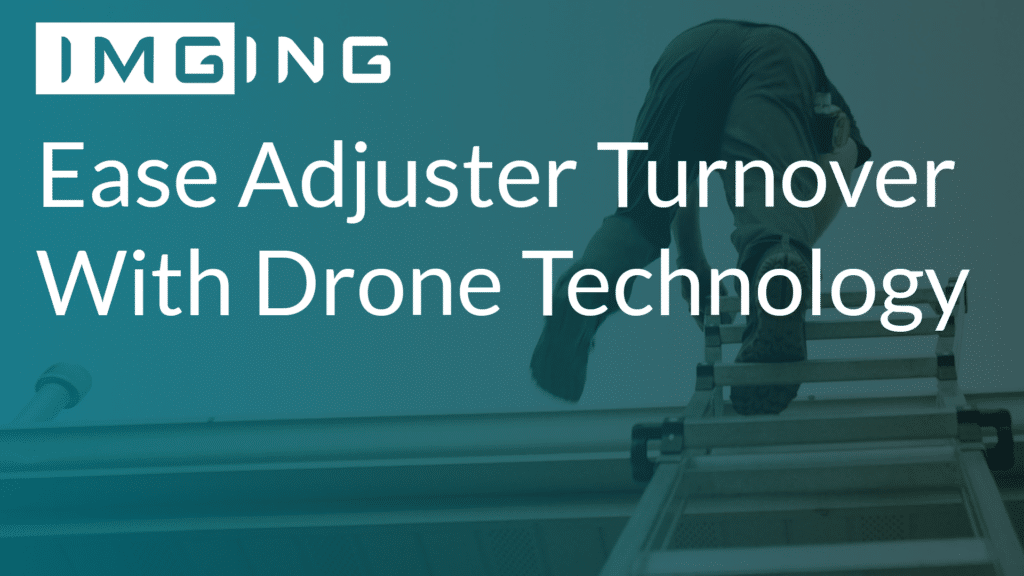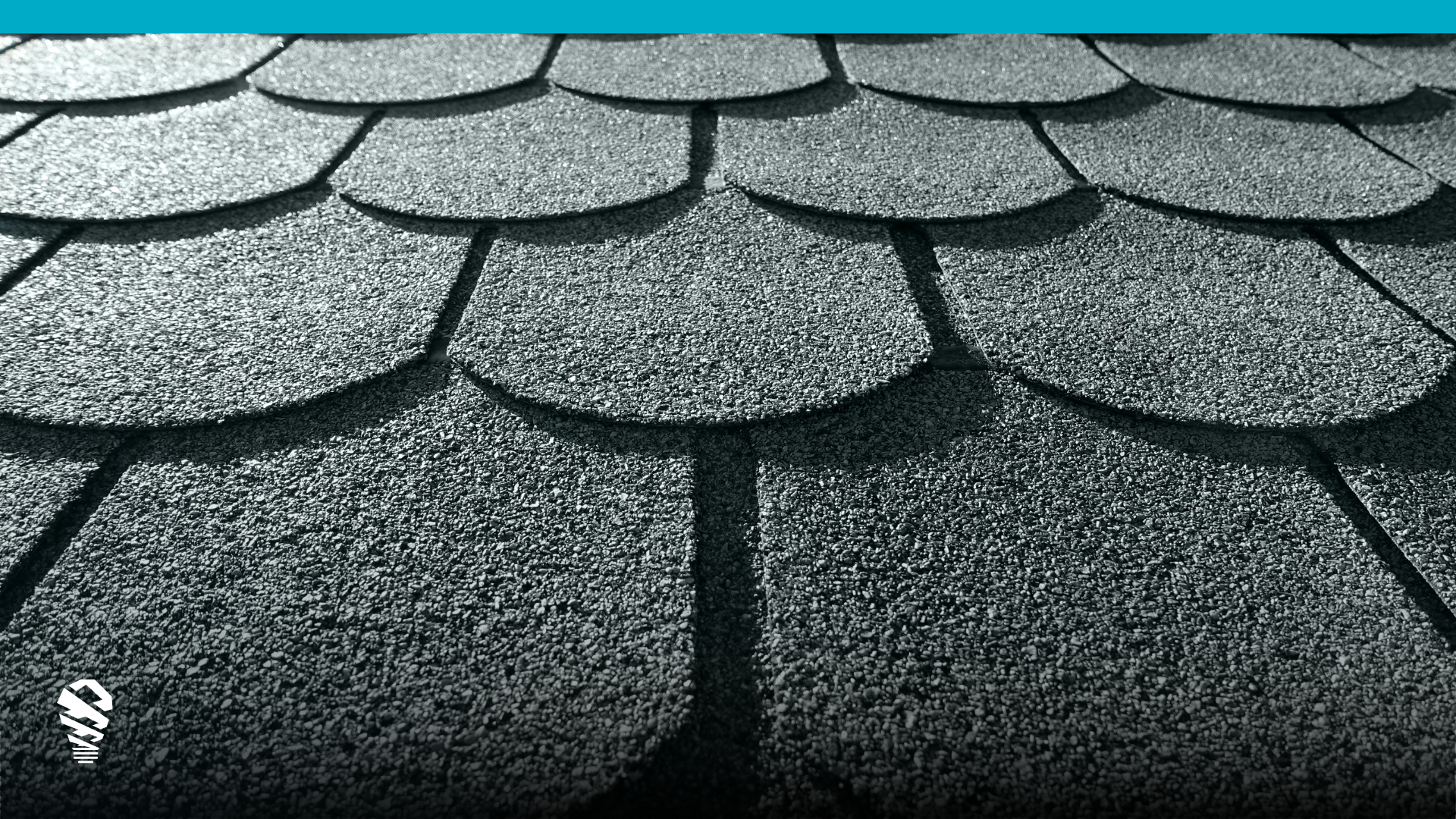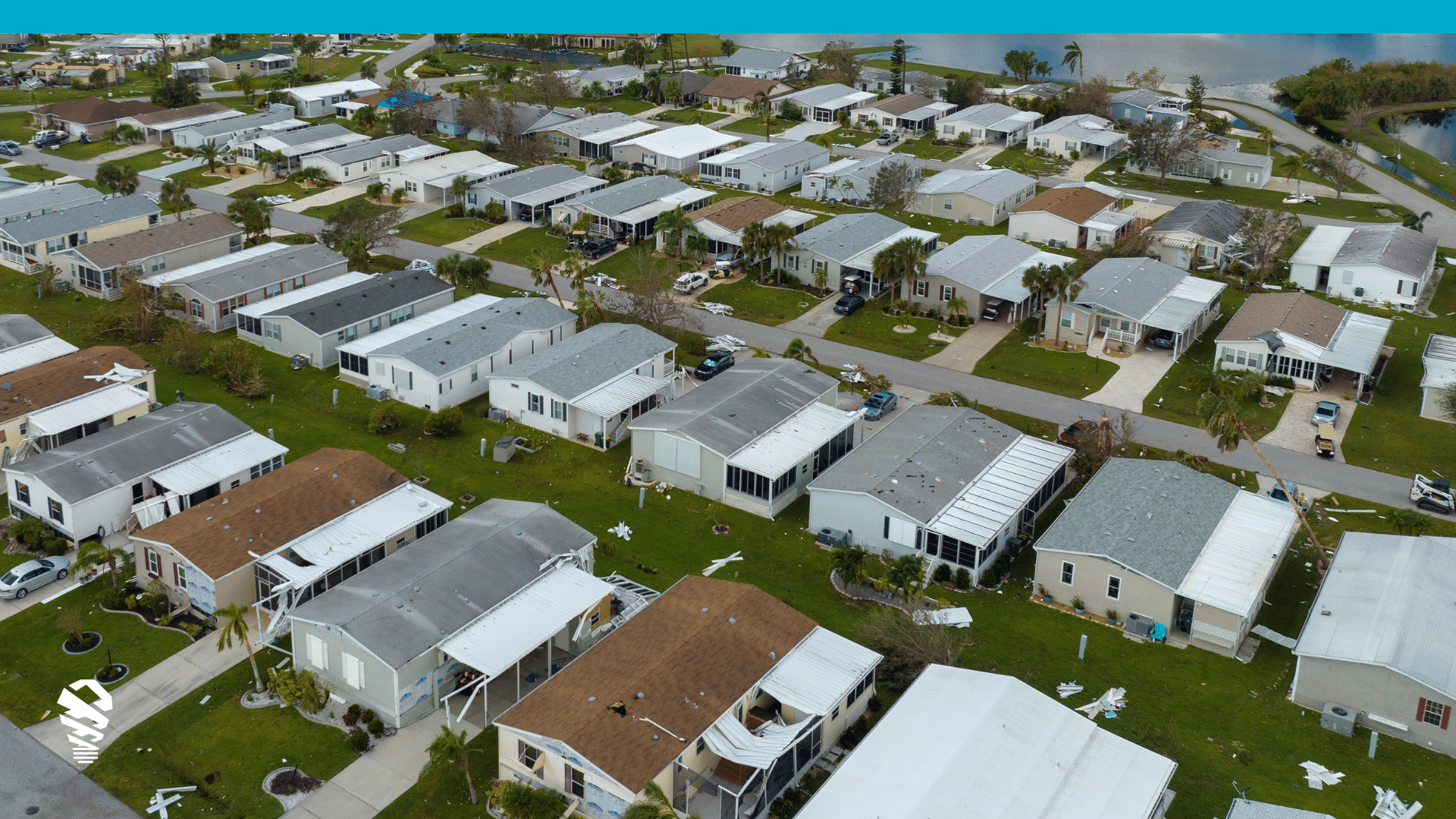Property claims continue to climb to record highs amid a rapidly expanding risk landscape, yet the insurance industry is struggling to retain its adjuster workforce. According to recent data from Deloitte, nearly 60 percent of carriers anticipated a higher topline, with much of the growth projected right here in P&C.
With such a positive outlook on the horizon, it’s hard to grasp why claims professionals are abandoning ship and adjuster hiring challenges have never been larger. In the wake of the pandemic, the insurance industry remains one of the few sectors untouched by the recession itself. While the rest of the world sweats under the economic uncertainty and supply chain woes, the global P&C market generated more than $1.6 trillion in premiums, due in part to factors including climate events and the ongoing pandemic — more than enough job security to keep people in the fold.
Additionally, the high turnover rates of independent adjusters (IAs) prompted Risk & Insurance to call the losses a “persistent and pernicious problem” in the industry. Fewer IAs further hampers carriers’ ability to respond to future storm events.
Besides disrupting the flow of business, claims organizations are forced to spend time and resources to retrain or rehire adjusters, not to mention ease customers’ concerns when a new claims professional pops up on their doorstep. When a new adjuster takes over a claim, the risk of errors during property surveys increases. Additionally, anything left unrecorded during the damage survey is completely lost, resulting in a poor customer experience and slowing the entire claims resolve process.
With so much on the line, it’s up to claims organizations to reexamine their retention strategy to stem the labor exit. But what’s behind the adjuster departures when there’s so much to gain? And how can claims organizations help reshape the workforce to meet the demands of the future?
Climate Events Require Greater Expertise
There are roughly 77,000 active property claims professionals in the U.S. And similar to other industries, a large share of adjusters are retiring out of the industry and taking their expertise along with them. This fact presents a major challenge as the industry faces a rising number of claims, especially with the growing prevalence of major weather events.
In 2021 alone, the U.S. experienced more than 18 natural disasters with losses exceeding more than $1 billion. Following Hurricane Ida, for example, New Jersey experienced a significant shortage of adjusters to survey the property damage. The bottlenecks forced policyholders to pay for remediation services out of pocket and seek reimbursement later as they awaited claims processing, leading to scores of complaints and grievances with the insurance carriers.
As more severe weather takes hold and property inspections and claims grow more complex, it’s more important than ever to hire a knowledgeable and capable adjuster workforce.
Property claims adjusters need to be increasingly thorough in the way they determine and prove date of loss, the information contained in their written estimate, and ensure they are taking detailed photos of any damage that occurred. It’s their job to not only help policyholders receive a fair settlement, but also preserve any evidence on behalf of the insurance carrier to satisfy both parties.
Younger Workers Demand More Sophisticated Tech
The increase in extreme weather events poses even greater risks for claims adjusters’ safety. In addition to debris, they often face security threats, utility hazards, and a high risk for slip and fall accidents — especially when roof inspections are required to survey the extent of structural damage.
With claims professionals skewing younger and younger, many carriers are discovering that workers no longer want to risk their safety by climbing on roofs, even for non-CAT claims. In fact, many Millennial workers are hanging up their spurs altogether.
One way carriers can attract and retain claims professionals is by investing in digital technology to provide adjusters with safer, more sophisticated tools.
Employing a virtual or desk adjusting model, for example, can help streamline the flow of simple property claims while allowing claims adjusters to focus on more complex claims out in the field. Additionally, this process can help alleviate a claim professionals’ caseload, lowering the risk of rushing jobs at a loss site or even career burnout.
This model also provides policyholders who continue to practice social distancing a level of comfort when adjusters arrive at their business or home amid the ongoing pandemic.
Yet, providing these remote inspections requires a uniform, tech-savvy approach. According to S&P Global, carriers are actively building out “digital adjusting teams,” using a variety of advanced virtual technology to foster team collaborations and accurately adjust property claims — including third-party inspections conducted by drones.
Drones minimize the risks of roof-climbing and can be used to easily conduct property scans using their advanced camera technology.
At Loveland Innovations, we provide touchless drone inspections that accurately capture data with ultra-high-resolution images, measurements, architectural-grade 3D models, and AI damage detection, on-demand. Our innovative IMGING technology digitizes structures or properties using an iOS device and an automated drone, allowing carriers to adjust or bid any property quickly and remotely.
Combined with our property analytics platform, our IMGING drone inspections can help accelerate claims decisions and lead to satisfied customers, as well as improve workforce retention in an era of high risk. In fact, carriers using IMGING settle up to 93 percent of claims without ever getting on a roof.
If you’re interested in learning more about how IMGING can advance your company’s property inspection process, contact one of our representatives today. We’re happy to walk you through our process.



![How to Measure a Roof With a Drone [Updated April 2023]](https://www.lovelandinnovations.com/wp-content/uploads/2024/04/How-to-Measure-a-Roof-With-a-Drone-Updated-April-2023.png)




